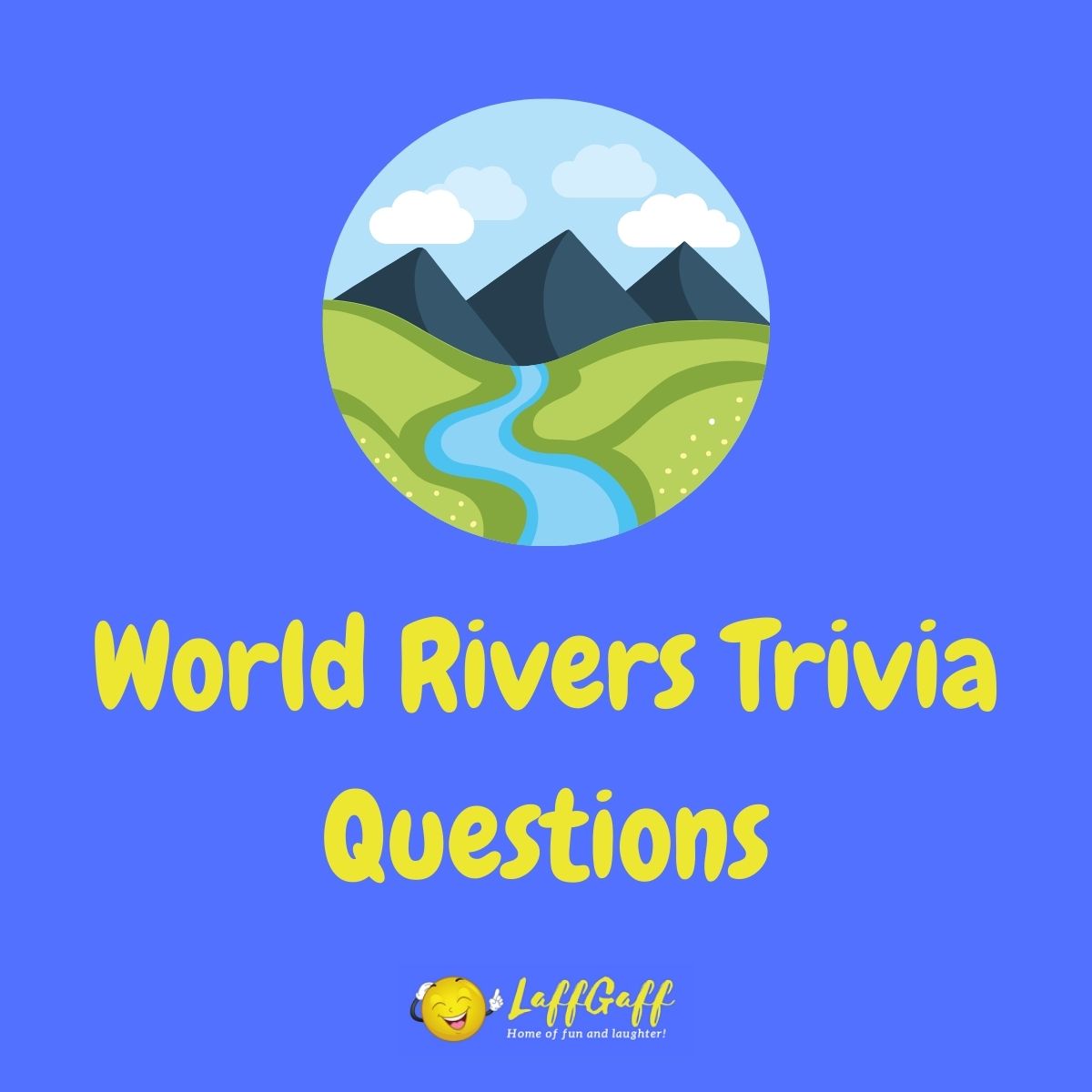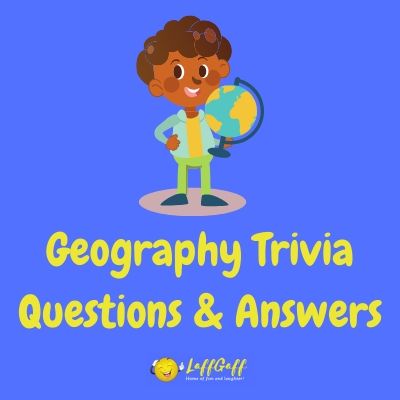Show answer
The Persian Gulf.
The Tigris and Euphrates rivers both flow into the Persian Gulf. The Persian Gulf is a body of water located in Western Asia, between the Arabian Peninsula and the Iranian Plateau. It is an extension of the Indian Ocean and serves as the outlet for various rivers, including the Tigris and Euphrates, which have played a significant role in the history and development of the region.



